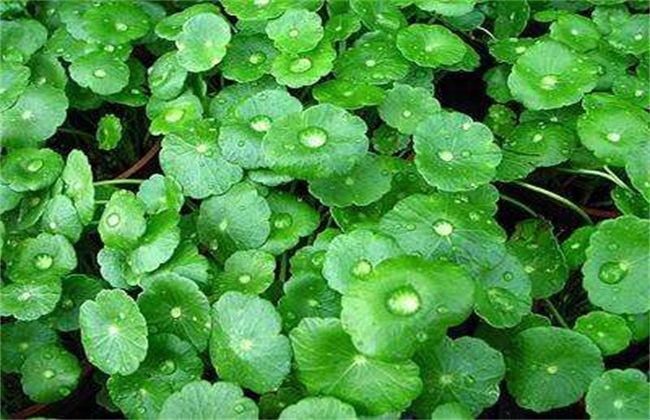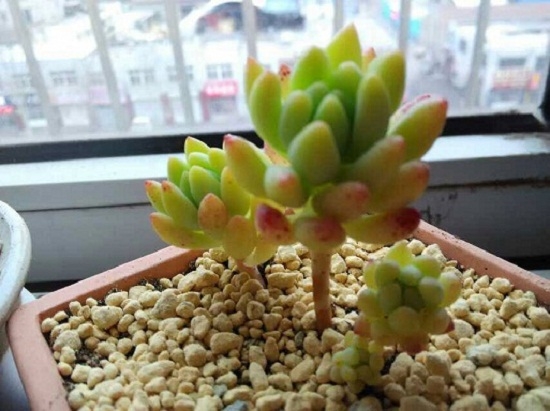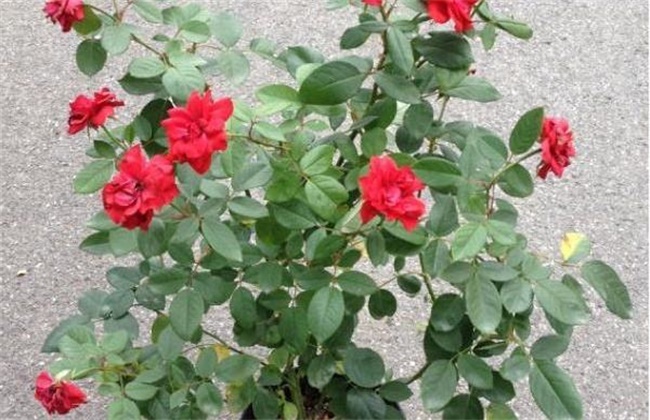Culture methods and matters needing attention of Rabdosia angustifolia
The scientific name of Tongqian grass is Chinese coriander, which is a perennial creeping herb. In the south of China, there is a wide planting area, with analgesia, heat-clearing, dampness and other effects, the whole grass can be used as medicine. And it is also a popular ornamental plant. So how to plant copper grass? What are the precautions when planting? The following editor will bring you the breeding methods and matters needing attention, let's take a look at it!

1. Soil selection
The growth ability of Rabdosia angustifolia is relatively strong, and the wild ones do not have a high demand for soil. It can grow normally on most of the soil, but it should be noted that the drought tolerance of Rabdosia angustifolia is relatively poor. Therefore, the planting soil should be soft, permeable and have strong water retention capacity. And high-quality soil will play a certain role in promoting the growth of Rabdosia angustifolia, and improve its growth ability and ornamental ability. The soil with good drainage capacity can also prevent the accumulation of water in the soil, resulting in bad phenomena such as rotten roots.
2. Methods of reproduction
The propagation method of Rabdosia angustifolia is generally based on ramet and sowing, usually before and after Ching Ming Festival every year. Sowing is, first of all, to promote the germination of the seeds, the method of accelerating germination is relatively simple, pour the seeds into the container, and then pour water in the container, without passing the seeds. If the temperature is low, wrap the seeds in plastic wrap, change water frequently, put them in a ventilated place, and the seeds will germinate in about 5 days. Then when the bud grows to about 1 cm, it can be transplanted and planted.
3. Water and fertilizer management
Rabdosia angustifolia has a great demand for water and likes to grow in a humid environment. Especially in summer, because of high temperature, water evaporates quickly, and there are many leaves of Rabdosia angustifolia, it is easy to appear water shortage. Therefore, in summer, we should pay attention to watering more, improve the humidity and keep the soil moist. On the contrary, in winter, we should pay attention to do a good job of drainage to avoid stagnant water leading to root rot. Then, during the peak growth period, it was watered about every two weeks, which was combined with topdressing work. When topdressing, we should pay attention to control the amount of fertilizer application to prevent fertilizer damage.
4. Points for attention
When planting Rabdosia angustifolia, we should pay attention to control the light, do not let the leaves be exposed to direct sunlight, but not too shady, if the light is too little, it will cause the leaves to rot, so we should keep about 5 hours of light every day. Then we should pay attention to control the temperature, the general temperature can be controlled at about 12-22 degrees. The maximum should not exceed 30 degrees, and the lowest should be kept above 8 degrees. If the growth of the leaves is too dense, then we should also pay attention to proper pruning to improve permeability.
The above is a brief introduction to the breeding methods and matters needing attention of Codonopsis lanceolata. Although the culture method of Rabdosia angustifolia is simple, it can not be managed extensively, otherwise it will have a certain impact on its ornamental and yield. That's all for today's introduction. This article is for reference only. I hope it can help you all.
- Prev

What are the living habits of tree ice succulent plants?
Here is an introduction to some of the living habits of succulent plant tree ice. It should be noted that the environment in which everyone raises succulent plants is different, so how to raise tree ice needs to be explored according to the habit of tree ice.
- Next

Rose breeding methods and precautions
Rose breeding methods and precautions
Related
- Fuxing push coffee new agricultural production and marketing class: lack of small-scale processing plants
- Jujube rice field leisure farm deep ploughing Yilan for five years to create a space for organic food and play
- Nongyu Farm-A trial of organic papaya for brave women with advanced technology
- Four points for attention in the prevention and control of diseases and insect pests of edible fungi
- How to add nutrient solution to Edible Fungi
- Is there any good way to control edible fungus mites?
- Open Inoculation Technology of Edible Fungi
- Is there any clever way to use fertilizer for edible fungus in winter?
- What agents are used to kill the pathogens of edible fungi in the mushroom shed?
- Rapid drying of Edible Fungi

